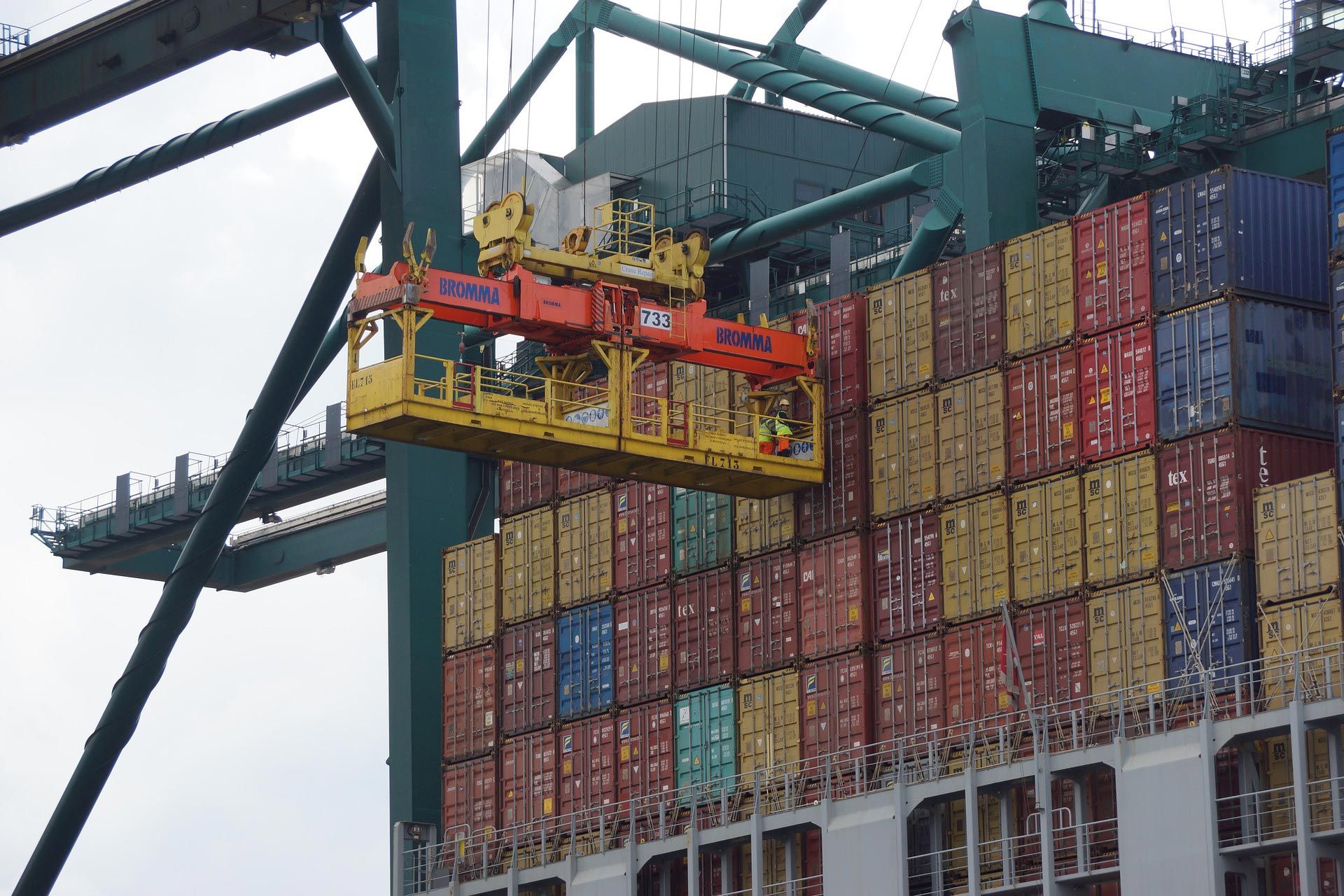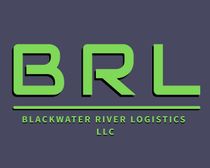Services
You can ship to and from anywhere in the world, and book everything easily online. You can pay upon delivery, for maximum convenience.
Our fleet can handle shipments of every shape and size. Just send us your dimensions and we’ll find the right vehicle.
Multiple Payment Options
We offer a variety of simple payment options, including PayPal and Stripe, and offer interest-free installment plans.
We’ve got ships, vehicles and trains traveling with our goods every day, ensuring fastest possible
delivery.
Get a Quote
Our News

Packing a container can be a challenging task, especially when you're dealing with different types of goods and limited space. Proper packing is crucial to ensure that the goods are safe and secure during transportation. Here's a guide on how to pack a container efficiently and safely: Plan Your Packing Strategy Before packing the container, plan your packing strategy to optimize the use of space. Determine the type and size of goods you're packing and their weight and dimensions. Create a packing list to keep track of the goods and their locations in the container. Use High-Quality Packing Materials Use high-quality packing materials such as corrugated cardboard boxes, bubble wrap, packing paper, and packing tape to protect the goods from damage during transportation. Choose the right size and strength of boxes based on the weight and fragility of the goods. Secure the Bottom of the Container Place a layer of cushioning material such as packing paper or bubble wrap on the bottom of the container to absorb shock and protect the goods. Secure the layer with packing tape to prevent it from moving during transportation. Pack Heavy Items First Start packing the heaviest and largest items first to distribute the weight evenly in the container. Place the goods in the center of the container to balance the weight and avoid tilting during transportation. Fill the Gaps Fill the gaps between the goods with cushioning materials such as packing paper or bubble wrap to prevent shifting and damage during transportation. Use airbags or dunnage bags to fill the remaining spaces tightly. Label the Goods and Boxes Label the goods and boxes with their contents, weight, and destination to avoid confusion and ensure smooth handling and transportation. Use high-quality labels that are visible and durable. Secure the Goods and Boxes Secure the goods and boxes with strapping, tie-downs, or ropes to prevent them from moving or falling during transportation. Use corner protectors to prevent damage to the goods and the container walls. Seal and Lock the Container Seal and lock the container with high-quality seals and locks that are tamper-evident and secure. Verify that the container is properly sealed and locked before transportation. In conclusion, packing a container requires planning, skill, and knowledge of safety procedures. By following these guidelines, you can pack a container efficiently and safely, reducing the risk of damage and losses during transportation. Remember to always follow your company's policies and procedures and report any issues or concerns to your supervisor.

A stacker is a versatile machine used in warehouses, distribution centers, and manufacturing plants to move and stack pallets and other materials. Operating a stacker requires skill, training, and knowledge of safety procedures. Here's a guide on how to operate a stacker safely and efficiently. Get Trained and Certified Before operating a stacker, you must receive proper training and certification from a qualified instructor. The training should cover stacker operation, safety procedures, and hazard identification. The certification should be up-to-date and recognized by your state or country. Perform a Pre-Shift Inspection Before starting the stacker, you must perform a pre-shift inspection to ensure it's in good working condition. Check the brakes, tires, steering, and hydraulic system. Make sure there are no leaks, cracks, or damages. If you find any issues, report them to your supervisor immediately. Wear Proper Personal Protective Equipment (PPE) Wear proper PPE such as a hard hat, safety shoes, and high-visibility vest. It's also recommended to wear earplugs, gloves, and safety glasses to protect yourself from noise, vibrations, and debris. Mount and Dismount Properly When mounting the stacker, face the machine and hold onto the handgrips. Step onto the left foot pedal and swing your right foot onto the stacker floor. When dismounting, face the machine and step down using the same method. Drive Carefully Drive the stacker slowly and carefully, especially when turning or going up and down slopes. Keep your arms and legs inside the cab at all times. Always look in the direction you're driving and use your horn when necessary. Use Proper Stacker Attachments Use the proper stacker attachment for the job. Attachments such as forks, booms, or clamps should be securely fastened and positioned properly. Never exceed the maximum load capacity of the stacker. Load and Unload Properly When loading or unloading, position the stacker correctly and make sure the load is stable and balanced. Tilt the mast back slightly to stabilize the load and raise it to the desired height. Always keep the load low to the ground when driving. Stack the Materials Properly When stacking materials, position them carefully and make sure they are aligned properly. Adjust the fork width to match the pallet size and use the tilt function to keep the materials level. Keep the stacks stable and secure by placing heavier items on the bottom and lighter items on top. Park Safely When parking the stacker, lower the forks, engage the parking brake, and turn off the engine. Park in a designated area away from pedestrian traffic and keep the keys with you. In conclusion, operating a stacker requires training, skill, and knowledge of safety procedures. By following these guidelines, you can operate a stacker safely and efficiently, reducing the risk of accidents and injuries in the workplace. Remember to always follow your company's policies and procedures and report any issues or concerns to your supervisor.

Here is how to operate a forklift safely and efficiently: Forklifts are essential machines used in warehouses, construction sites, and manufacturing plants to move heavy loads around. Operating a forklift requires skill, training, and knowledge of safety procedures. Here's a guide on how to operate a forklift safely and efficiently. Get Trained and Certified Before operating a forklift, you must receive proper training and certification from a qualified instructor. The training should cover forklift operation, safety procedures, and hazard identification. The certification should be up-to-date and recognized by your state or country. Perform a Pre-Shift Inspection Before starting the forklift, you must perform a pre-shift inspection to ensure it's in good working condition. Check the brakes, tires, steering, and hydraulic system. Make sure there are no leaks, cracks, or damages. If you find any issues, report them to your supervisor immediately. Wear Proper Personal Protective Equipment (PPE) Wear proper PPE such as a hard hat, safety shoes, and high-visibility vest. It's also recommended to wear earplugs, gloves, and safety glasses to protect yourself from noise, vibrations, and debris. Mount and Dismount Properly When mounting the forklift, face the machine and hold onto the handgrips. Step onto the left foot pedal and swing your right foot onto the forklift floor. When dismounting, face the machine and step down using the same method. Drive Carefully Drive the forklift slowly and carefully, especially when turning or going up and down slopes. Keep your arms and legs inside the cab at all times. Always look in the direction you're driving and use your horn when necessary. Use Proper Forklift Attachments Use the proper forklift attachment for the job. Attachments such as clamps, forks, and booms should be securely fastened and positioned properly. Never exceed the maximum load capacity of the forklift. Load and Unload Properly When loading or unloading, position the forklift correctly and make sure the load is stable and balanced. Tilt the mast back slightly to stabilize the load and raise it to the desired height. Always keep the load low to the ground when driving. Park Safely When parking the forklift, lower the forks, engage the parking brake, and turn off the engine. Park in a designated area away from pedestrian traffic and keep the keys with you. In conclusion, operating a forklift requires training, skill, and knowledge of safety procedures. By following these guidelines, you can operate a forklift safely and efficiently, reducing the risk of accidents and injuries in the workplace. Remember to always follow your company's policies and procedures and report any issues or concerns to your supervisor.

